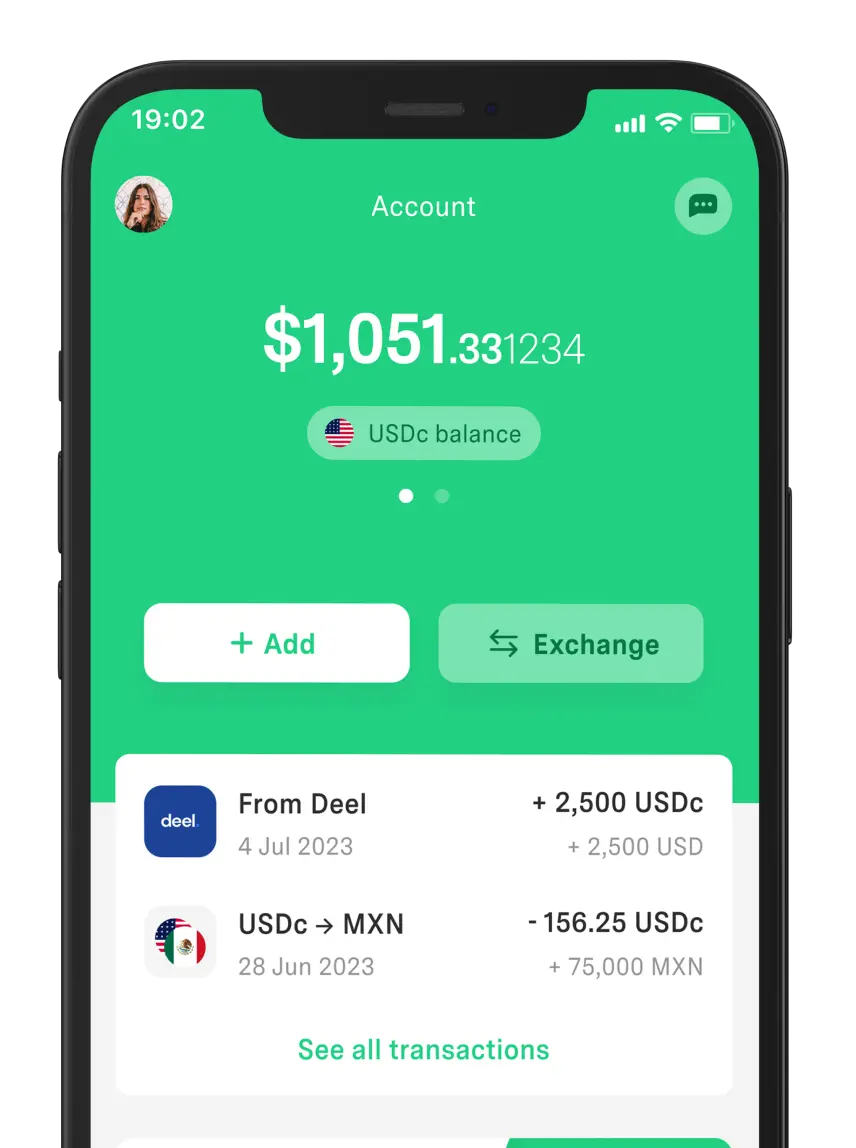 Freelancer tips
Freelancer tips How to Stop Procrastinating: Strategies and Practical Tips
Learn how to stop procrastinating by putting these proven strategies and tips into practice so you can be productive again and focus on what matters.



Business intelligence (BI) is an approach that enables you to interpret data and make more informed decisions. To achieve this, it combines tools, processes, and analyses that help you understand how a company is performing, detect opportunities for improvement, and anticipate potential risks.
That’s why, in this post, we’ll walk you through the details—from what business intelligence is, what it’s for, and how it’s structured, to the basic steps to start applying it and practical examples.
It’s an approach that brings together methods and tools to obtain, analyze, and visualize information that supports business decisions. Thanks to this, it transforms isolated data into clear insights.
To make it possible, it relies on several core components, such as:
Business analysis.
Data mining, visualization, and infrastructure.
Practices that encourage evidence-based decision making.
It’s also known as business intelligence (BI) or corporate intelligence.
BI helps a company better understand what’s going on and act with greater certainty.
That’s why it’s used to:
Evaluate business performance. It allows you to identify how sales, costs, and product profitability are behaving. In turn, it helps you recognize which products, channels, or customers generate the greatest impact.
Detect trends, risks, and opportunities. With BI you can spot changes in demand, customer behavior patterns, or internal processes that need attention to get ahead of problems.
Make faster, better-founded decisions. It also supports daily or strategic decisions like adjusting prices, planning inventory, or expanding into new markets—all based on verifiable information.
Drive competitive advantages. By better understanding the customer and optimizing resources, companies can respond faster than the competition and improve results.
Furthermore, business intelligence is not just for large companies. SMEs and small businesses can also take advantage of it thanks to accessible cloud-based tools.
The process is based on gathering information from different areas of the business, organizing it, and analyzing it to obtain useful, easy-to-interpret conclusions.
This process depends on several elements that work together, including:
It all starts with the information your business generates in its day-to-day operations:
Sales.
Invoicing.
Inventory.
Marketing campaigns.
CRM usage.
Support interactions.
These data reflect how operations actually behave and allow you to build an initial internal view of the business.
To this you add external information, such as:
Market trends.
Competitor behavior.
Surveys or social media activity.
Bringing both sources together gives you a more realistic view of the landscape.
Once the information is gathered, it’s unified in a single environment through processes that extract and organize the data. This makes it possible to centralize them in a data warehouse or data lake, where they can be accessed in an orderly, reliable way.
Next come the tools for schedules, as well as dashboards, reports, and interactive graphs that help interpret business performance.
Historical comparisons, segmentations, filters, and metrics are also useful, as they help identify patterns and answer key day-to-day questions.
Finally, once the analysis is on the table, BI moves from dashboards to decisions. That information is used to set realistic objectives, prioritize projects, and allocate budgets based on expected impact.
There’s no room for gut feel here—proposals are backed by metrics. This fosters a culture where decisions are justified with data and intuition stops being the only criterion.
An online store uses business intelligence to analyze its sales by channel, region, and campaign to see which marketing efforts truly convert.
The owner combines BI with tools for digital marketing strategy and compares ads, audiences, and creatives to understand which elements work best.
Decision: concentrate budget on the channels with the best return and pause less effective campaigns. Also, run a data-guided brainstorming session to strengthen messaging.
A software company’s support team evaluates tickets, response times, and the most frequent reasons for contact.
With data analysis, they identify when channels get overwhelmed, which topics repeat, and where the biggest delays arise.
Decision: automate answers to FAQs, beef up shifts during peak hours, and adjust internal processes.
A small services company consolidates its invoicing, collections, and payments in a BI tool. This gives a clear month-by-month view of cash flow.
By analyzing the information, it identifies customers who tend to pay late and services whose margins are much lower than expected.
Decision: renegotiate payment terms, adjust prices for low-margin services, and prioritize the most profitable lines to improve liquidity.
A freelance marketer with clients in several countries analyzes revenue by project type, country, and client to better understand which jobs yield the best margins.
With business intelligence and finance apps like DolarApp, they integrate what they charge in different currencies and platforms in one place.
Decision: focus on the most profitable projects and countries, adjust rates where margins are low, and define which services are worth scaling.
Digital tools are here to make many tasks easier. In the case of business intelligence, the available options let you analyze information without being a technical expert.
Some of the most widely used BI tools are:
Tableau. A platform specialized in visualization that lets you explore information through interactive dashboards and dynamic charts.
Microsoft Power BI. A solution integrated with Microsoft 365, ideal for companies already using Excel, Teams, or other ecosystem services.
BI features within SaaS platforms. Many CRMs and management software include analytics modules to interpret data without leaving the platform, like Salesforce’s reports and dashboards.
Looker and Looker Studio (Google). These cloud alternatives connect easily with BigQuery and other tools in the Google ecosystem.
AWS QuickSight. Designed for organizations using AWS infrastructure that want to build reports directly on their data.
These are just a few BI tools—the right choice depends on the type of analysis your company needs and the level of integration you’re after.
Ideally, start with easy-to-use solutions that integrate with your current systems. As your data and business needs grow, you can move toward more comprehensive platforms.
There are terms often confused with business intelligence because they’re related to information analysis.
Here’s a clear comparison with closely related concepts like data analytics, big data, and AI.
BI vs. data analytics. Business intelligence focuses on what’s happening in the business and displays it through reports and dashboards. Data analytics digs into why it happens and what could happen in the future.
BI vs. big data. Big data is the infrastructure and capability to store massive datasets; BI interprets them through dashboards and reports.
BI vs. artificial intelligence (AI). AI enhances BI by adding automation, explanations of variances, and natural-language querying, but it doesn’t replace BI’s structured analysis.
Today, many platforms combine both approaches and use capabilities based on AI tools. This makes business intelligence more accessible for those who don’t master programming languages.
Do you have a small company? A growing team? Are you a freelancer?
You don’t need a massive project to begin with business intelligence. The key is to build on what you already do day to day.
Here are the steps:
Set clear objectives. Determine what you want to improve—boost sales in one channel? reduce churn? improve cash flow?
Identify your data sources. List the systems already generating information today. For example: accounting, CRM, e-commerce, marketing tools, or payments.
Choose a BI tool suited to your business size. Prioritize cloud options that are easy to use and connect to your systems. Platforms like Tableau or Power BI are common starting points for many teams.
Create your first dashboards with a few KPIs. Don’t try to measure everything at first—start with basics like revenue by channel, gross margin, or tickets opened/closed.
Refine the analysis with your team. Review reports regularly, discuss results in meetings, and adjust metrics when something isn’t adding value. Add new views only when they’re truly needed.
Tie BI to real decisions. Use findings to adjust prices, optimize campaigns, improve internal processes, or redefine priorities.
BI only makes sense if it drives real change.
With these steps, business intelligence can be incorporated gradually and without major investments. Just move forward in stages and let data guide business decisions.
Business intelligence enables any company to understand its operations, identify opportunities, and make clearer, more effective decisions—regardless of size.
When you work with data, strategies stop relying on hunches because they’re grounded in information that reveals what’s working and what needs improvement.
The good news is that starting a BI project doesn’t require huge investments. What matters is choosing a couple of essential indicators and a simple tool to begin extracting value.
If you’re a freelancer or run a digital business, pair business intelligence with DolarApp. We’re a practical financial solution for managing collections in different currencies.
We work with USDc, EURc, and pesos, and we offer a competitive exchange rate.
It’s a way to analyze the data your business generates to understand what’s happening and make decisions more clearly. Its goal is to turn data into something useful and easy to interpret through analysis and visualization.
BI focuses on showing the business’s current situation through reports and visualizations, while business analytics digs into why it happens and what might come next, using predictive techniques and statistical models.
Any organization that generates data can apply BI—from large corporations to SMBs and digital businesses. And you don’t need complex infrastructure to begin; it’s enough to handle sales, marketing, finance, or customer data.
Some of the most popular are Tableau, Power BI, Looker Studio, and AWS QuickSight. However, there are many more alternatives you can use depending on your company’s size and needs.
These days, it doesn’t. Fortunately, many platforms include visual interfaces and AI-based features, making it possible to analyze data without writing code.
Sources:

The world has borders. Your finances don’t have to.
 Freelancer tips
Freelancer tips Learn how to stop procrastinating by putting these proven strategies and tips into practice so you can be productive again and focus on what matters.

 Freelancer tips
Freelancer tips Discover what burnout syndrome is, its main causes and symptoms, and what you can do to prevent it and regain balance.


